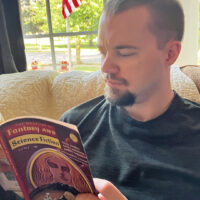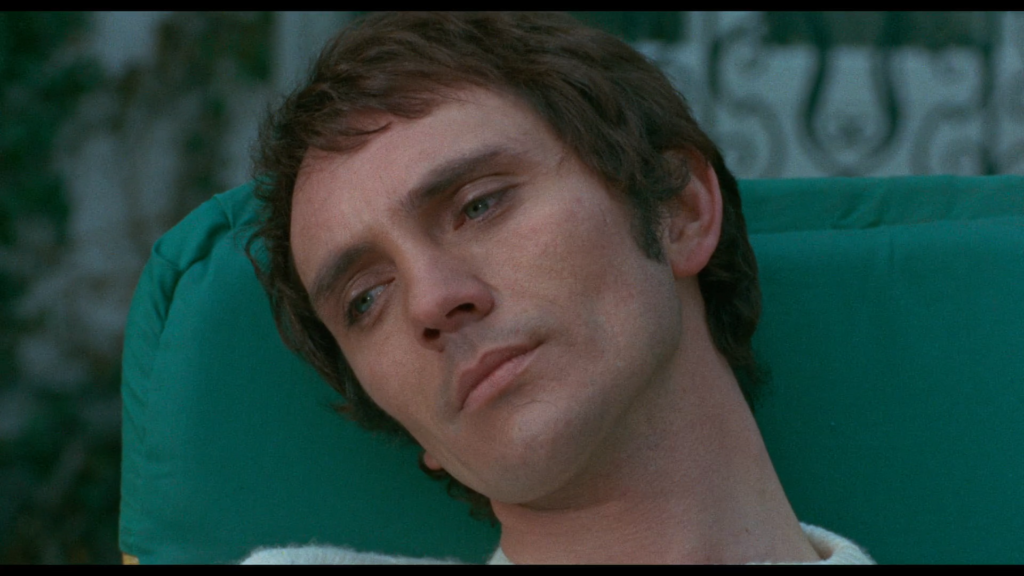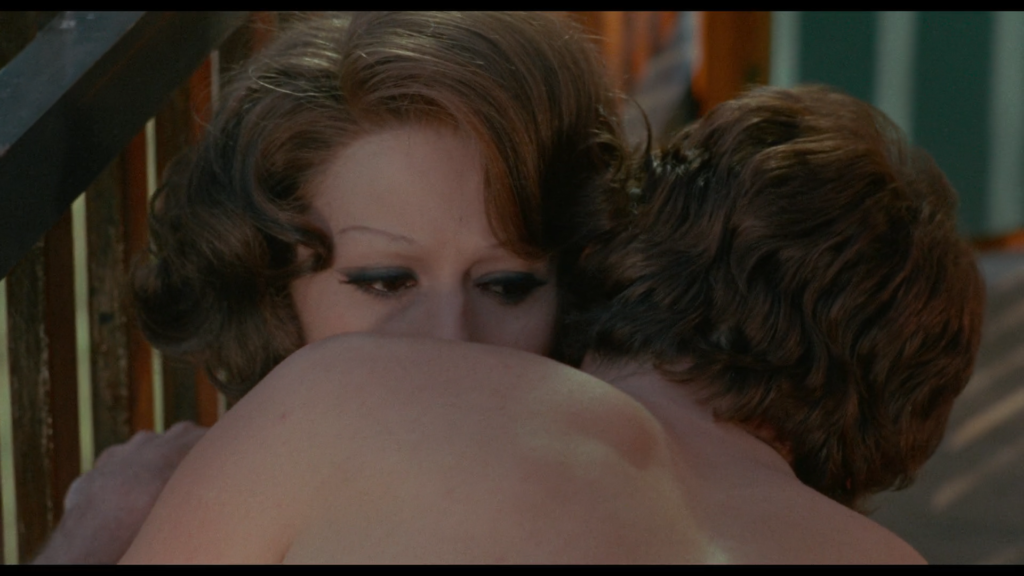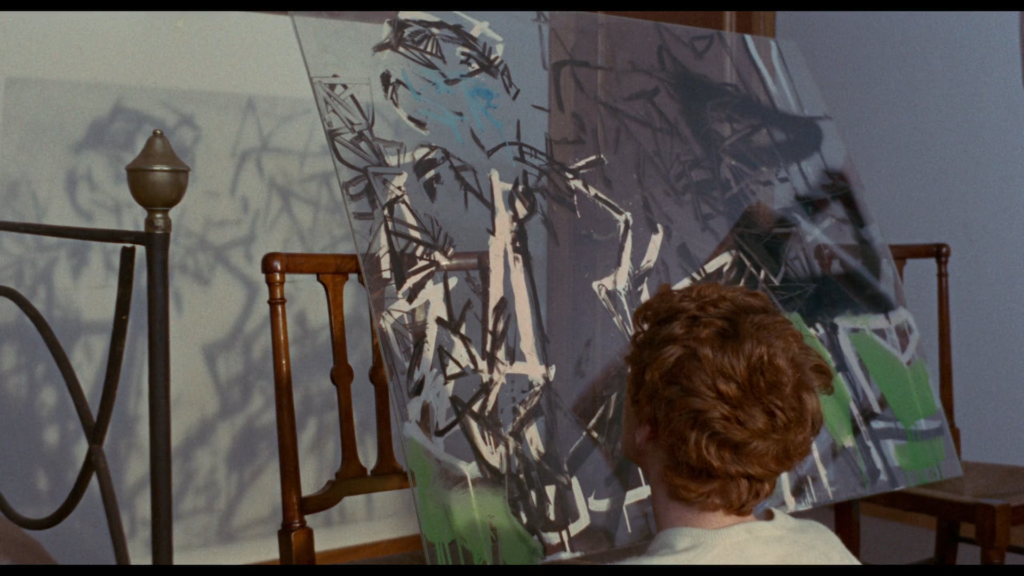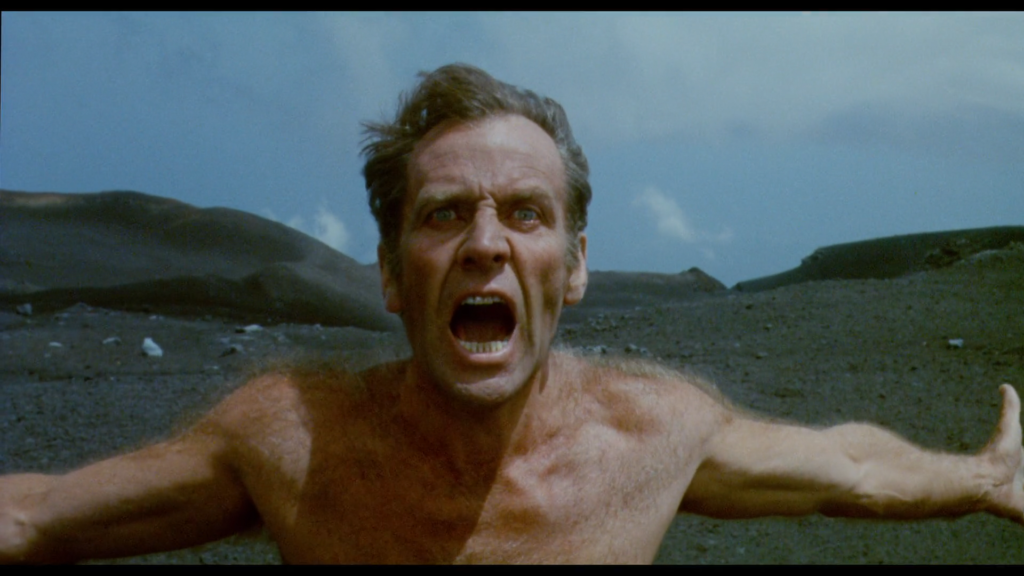Science Fiction Theater Episode #7
Tonight (Oct. 10), tune in at 7pm (Pacific) to see what terrific, sciencefictional goodie the Traveler has got in store for you. A hint: it was made by a real Pal…

by Jason Sacks
My friends know I'm a big fan of the emerging "New Hollywood" films which has been mushrooming over the last few years. The new film Midnight Cowboy is an outstanding exemplar of that movement, and I'd like to tell you why this film is so great — and why this film movement is so exciting.

"New Hollywood" has emerged as a term over the last few years for a specific type of film. Coming out of the dual filmic earthquakes of the end of the hated Hays Code and the crumbling of the studio system, New Hollywood films are differentated from their more traditional studio counterparts for a few reasons: New Hollywood films tend to prpesent a narrative focus on the lives of ordinary people, tend to use location shooting to heighten their reality, and tend to present an anti-establishment view of the world.
You might remeber the article from late 1967 by influential Time critic Steven Kanfer which praised that year's Bonnie and Clyde as "a watershed picture, the kind that signals a new style, a new trend." Kanfer continued, "The most important fact about the screen in 1967 is that Hollywood has at long last become part of what the French film journal Cahiers du Cinema calls 'the furious springtime of world cinema."" That "new trend" has evolved into the New Hollywood movement.

In fact, Bonnie and Clyde was a kind of siren song of this movement — though other bold new films preceded it (notably the work of John Cassavettes and Robert Downey), this was the first sophisticated feature film which really broke through and really embraced youth culture (to be sure, the films of Roger Corman, among others, embraced youthful rebellion but never with the panache or breakthrough success of Bonnie and Clyde). It also helps that Clyde is also a damn good – and very funny – film.
Since '67, we've seen a plethora of remarkable new films which fall into this new trend, including The Graduate, Targets, Head, the outrageous Putney Swope and the terrifying Night of the Living Dead. Last year's Rosemary's Baby can be called a New Hollywood film. And of course, the most ubiquitous film of 1969 is Easy Rider, a film which seems to be on the lips of everybody under the age of 25. Each of those movies seems to represent a new approach to filmmaking and even to narrative. Head is shockingly surreal. Easy Rider uses innovative editing techniques. Rosemary's Baby explicity satirizes the patriarchy. And Targets literalizes the generation gap between traditional and modern entertainment – and finds terror on both sides.
This new filmic philosophy is an explicit rejection of the dictates of the Hays Code and of the overtly conformist morality of the 1950s. The newer generation of filmmakers feel the freedom to delve into subjects which previously would have been explicitly off-limits. And that makes the film-goers’ life thrilling as we move into a new decade.

Now we get Midnight Cowboy, a film which elevates the New American school, throwing down a new gauntlet for realism, for tragedy and comedy, and for character. I went into this film with high expectations due to strong reviews from critics I appreciate. But it's funny— Midnight Cowboy both was a lot like what I was expecting and a profoundly different experience.
I was expecting a sad, smart, outsiderly story of two desperate and pathetic souls living on the edge of gay hustler culture in a version of New York that seems teetering on the edge of malaise but hasn't quite tipped over the edge. I was expecting great performances from leads Dustin Hoffman and Jon Voight, a deep portrayal of what it means to be an outsider in a world that just doesn't care about you, and to see an interesting portrait of a New York suspended between outsider culture and Nixon's silent majority, desperate to flee an urban wasteland.
I got all that, and Midnight Cowboy was poweful as expected; moving and thoughtful and crazily weird at times and often plotless seeming and a particularly intense movie experience.

But I also got a lot of stuff I didn't expect. The first maybe half hour of the film lingers on Voight playing Joe Buck as Buck slowly ambles out of his small Texas town to begin the journey to New York City. That segment of the film takes its time, with long, languid but suffocating shots which make the town feel claustrophobic. His old home town is poised on the edge of an all-encompassing landscape but the human space in that landscape is proscribed.
And yet, and yet: people are friendly; they smile and greet each other and seem to welcome the company of others. The Southwest might be desolate, but the human capacity there seems strong.

So Buck leaves town, but we see elliptical, dreamlike flashbacks which reveal Joe's past life, his obsessions, and his deep sadness. Some of those dreams are representational, some are allusional, but they all take the film to a different level, an unexpected level which sets Midnight Cowboy clearly in that same milieu of modern angst as Bonnie and Clyde, The Wild Bunch and Easy Rider.
Buck isn't just leaving Texas because the big city is beckoning him. He has a traumatic secret connected to his old home town, something which truly tortures him emotionally and pushes him to jump on a Greyhound for the long, lonely journey to the big city.

All the while, the film's now-ubiquitous (in the film and on our radios) theme song keeps playing, illustrating Buck's inner life. True freedom, Nilsson is singing is inside our own heads:
Everybody's talking at me
I don't hear a word they're saying
Only the echoes of my mind
Buck lands in New York, and as you can see from that evocative still posted above, he literally towers above all the people around him. Joe Buck is a big man, with big dreams.
In a more traditional movie, Buck would aspire to be an actor, or strike it rich on Wall Street, or hobnob with the rich and famous. But those dreams would be unrealistic for a man of Joe Buck's means.
Instead. those big dreams lead him to a life where he tries to make some cash by hustling, offering sexual favors to older women who find his cowboy personality a massive turn-on. Joe seems to like the life for a while, as he tries it on, but he has no idea how to actually live such a life, and he ends up living on or near the streets. Desperate for cash, Buck falls in with a loose amalgamation of hookers, hustlers and runaways who inhabit the alleyways and avenues of a fading New York City.
it is in this world that Midnight Cowboy confronts its most surprising element and the aspect of the film which moves it away most from the era of 1950s morality. The Hays Code explicitly forbade even a glancing mention of homosexuality (which didn’t prevent clever filmmakers from depicting homosexual characters onscreen, albeit using winks and nods to the audience). But here gay culture is explicitly shown onscreen, with even a touch of respect and affection for the kinds of struggles Buck has to go through. In the wake of July’s riots around New York’s Stonewall Tavern, this depiction of homosexuality couldn’t feel more contemporary.
Director John Schlesinger tells Buck’s story with angst and grace, but also with a remarkable amount of humor which keeps the proceedings from getting too heavy.

While hustling men and women, Joe Buck meets Hoffman, who plays the unforgettable Ratso Rizzo, a man of pure id and ansgt, a TB-ridden conman who takes Buck under his broken wing and shares an apartment in an abandoned, desolate tenement which seems like it's been waiting for a Robert Moses wrecking ball for decades.
Dustin Hoffman is absolutely astonishing as the motormouthed, self-delusional Rizzo, a man who both seems unique in film history and utterly familiar. Rizzo is every New Yorker who talks nonstop, with an accent and an attitude which embodies his city. But Rizzo has a beguiling tenderness and prickliness, a sort of personal pride and complex inner life that causes the character to pop off the screen.
Rizzo couldn't be further away from Hoffman's character in The Graduate, Ben Braddock. But just as Hoffman seemed to embody our generation of aimless, privileged young men in the earlier film, here he embodies an aimless man utterly without privilege or power, a man swallowed up by the desolate New York streets and his own disease. And where Ben Braddock is driven by a sex drive stuck on his odd relationship with Mrs Robinson, here Hoffman’s Rizzo seems completely uninterested in sex, even bemused by Buck’s bizarre life which centers around sex.
That odd state of bemusement gives a lot of energy to this film. The fast-talking Ratso can’t help but babble in and on about how strange Buck’s life is. It’s as if Rizzo simply doesn’t understand why people need to have sex and why they make decisions based in that sex drive. And yet, he grows a deep fraternal love for Buck.
it’s often hilarious, often heartbreaking how tight the bond is between these two men who are so very different from each other.

At the heart of the film is the deep friendship between Buck and Rizzo, a frankly shocking level of intimacy these men develop for each other. This relationship inspires empathy in viewers, too, so that when this movie reaches its inevitable ending, we are left adrift like the movie's characters are.
So yeah, Midnight Cowboy is kind of a tragedy, and the ending left people in my theatre sobbing, and it earns its X rating with its story of hustlers and unsensationalized view of sex and its general feeling of grime.

But still: this movie is not a bummer. It's not a bad acid trip. There are many moments which illuminated life with empathy and intelligence and humor. Heck, in fact, the acid trip in this film (at a place similar to Andy Warhol's famous Factory) is a lot of fun as well as a brilliant conceptual counterweight to the rest of the story: some hustlers were able to find kinship and a sense of family with freaks like themselves. And for others a glimpse into that life helps deliver a small sense of grace.
Brit John Schlesinger came over to America to direct this film, and it's easy to sense his comfort in every scene. Best known for his 1965 film Darling, which introduced Julie Christie to worldwide audiences as a headstrong girl in swinging London, Schlesinger seems to be attracted to stories about people who can't quite find their footing in society but remain resolutely themselves: Bathsheba Everdene in Far from the Madding Crowd and Billy in Billy Liar are rebels without a clue.

But Schlesinger has never helmed a film like Midnight Cowboy, which seems to reject the very concept of a middle-class life, which seems devoted to its New York-in-decline setting and that city’s bottomless underclass of weirdos, drug addicts and hustlers. Adam Holender's cinematography adds to the beautiful despair, a lovely widescreen tragedy of urban decay.
Ultimately, Midnight Cowboy is suffused with the dream of freedom, which comes into conflict with the deep ennui of our late '60s reality. We're living in the shadows of the tragedies of '68 and the dimming of the post-War consensus. Yeah, director Schlesinger seems to say, you can be free, you can live outside the law, but the gravity of middle-class normative Americana will always pull you either into death or into conformance no matter how hard you try to resist. The deeply moving ending of this film reinforces that sense that it’s unbelievably hard to stay an outsider in our modern world, that the lessons of ‘68 show the optimism of ‘67 has given way to a massive societal bummer.
Midnight Cowboy is a remarkable film which represents the great promise of the New Hollywood movement: John Schlesinger’s film is explicitly in dialog with our current era. Yeah, everybody’s talkin’ at us, but we don’t hear a word they’re saying’.
5 stars.

![[October 10, 1969] Everybody's Talkin' At Me: <i>Midnight Cowboy</i> and Urban Tragedy](https://galacticjourney.org/wp-content/uploads/2024/10/691010midnightcowboyposter-1-672x372.jpeg)
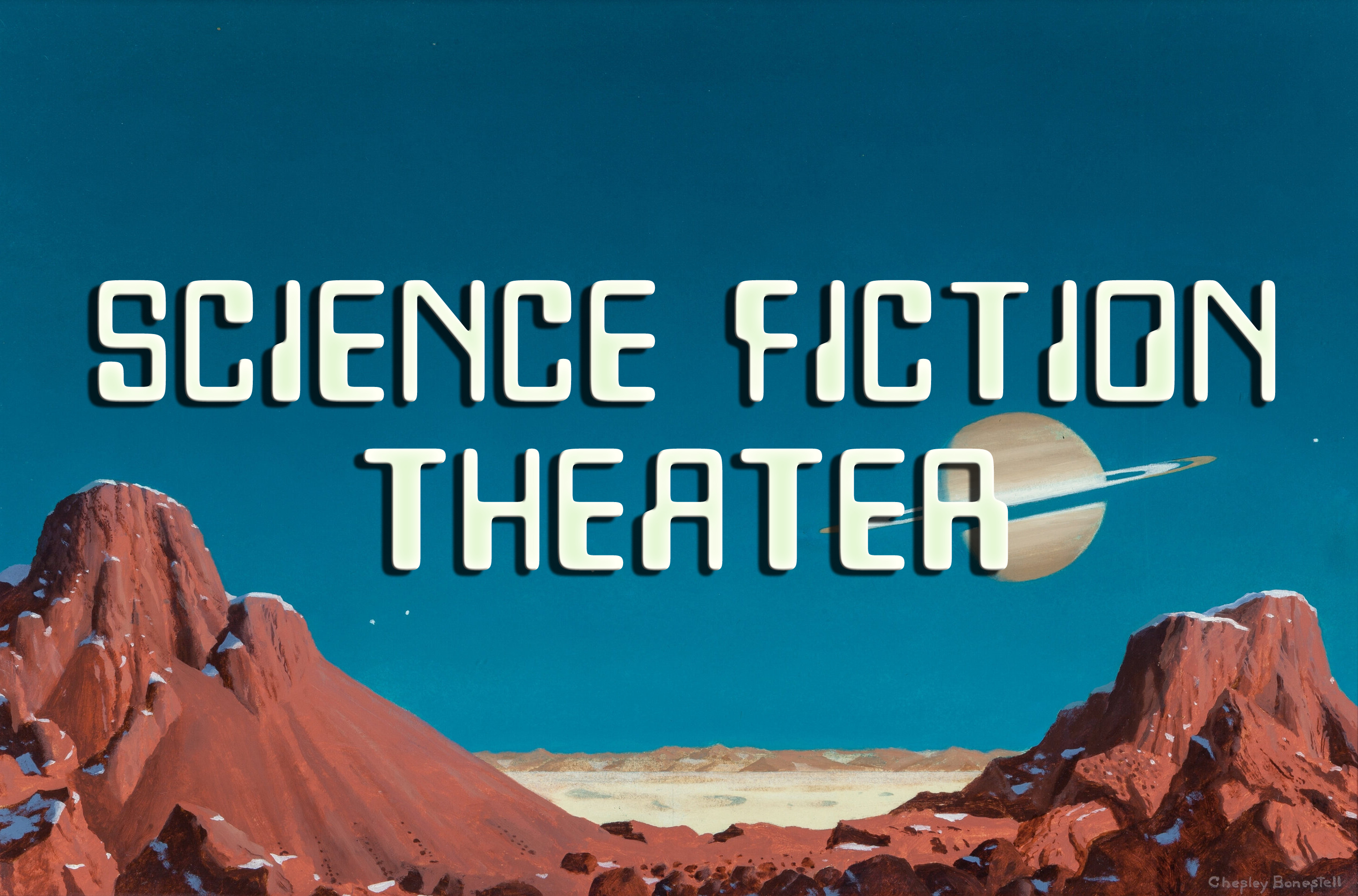


![[September 24, 1969] Murder, Madness, and Middle Age (<i>What Ever Happened To Aunt Alice?</i> And Its Predecessors)](https://galacticjourney.org/wp-content/uploads/2024/09/690924aliceposter-600x372.jpg)
















![[September 20, 1969] Cinemascope: Stitched from the past; schemed from the future (<i>Frankenstein Must Be Destroyed</i> and <i>The Italian Job</i>)](https://galacticjourney.org/wp-content/uploads/2024/09/690920posters-521x372.jpg)


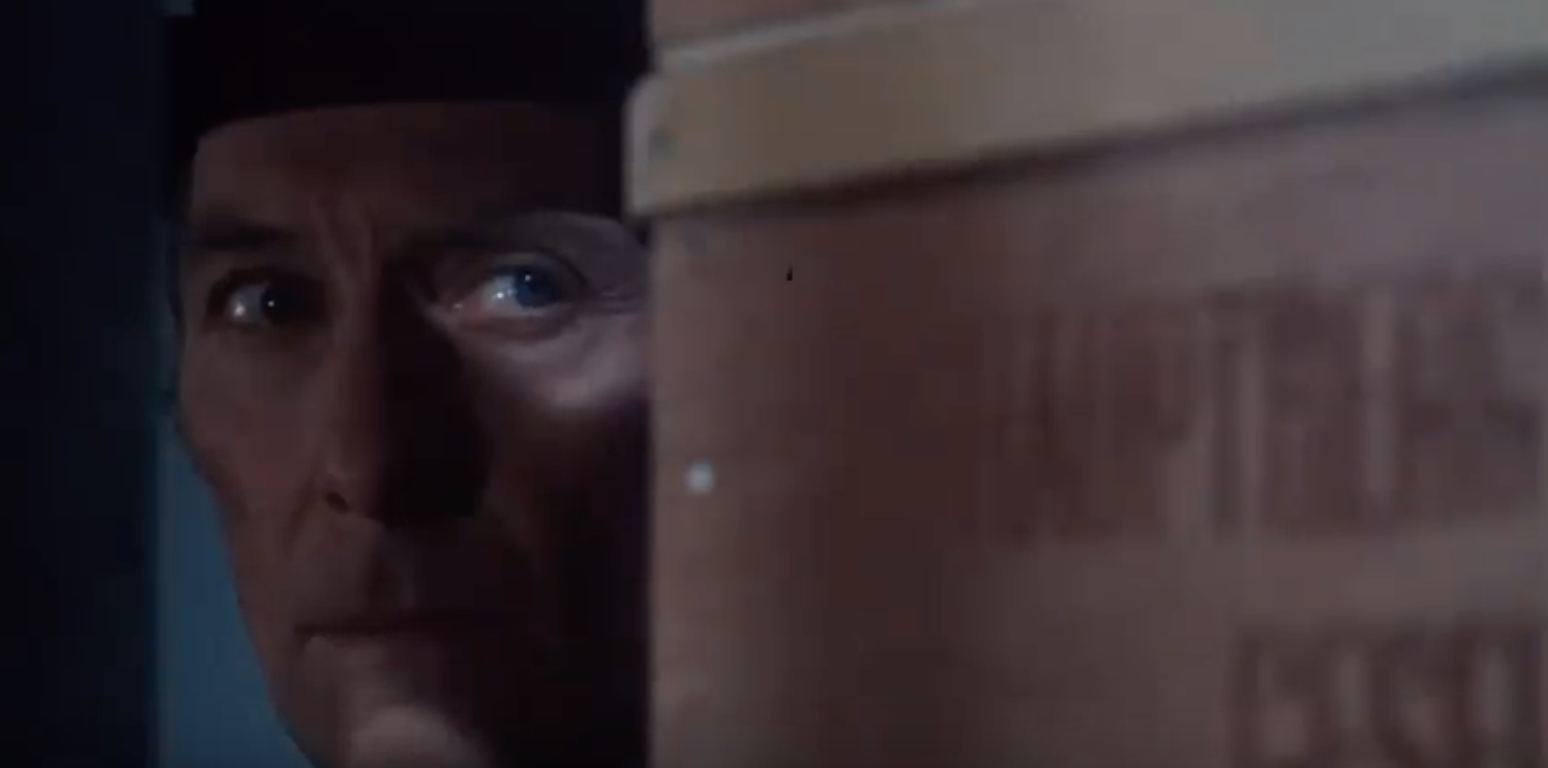
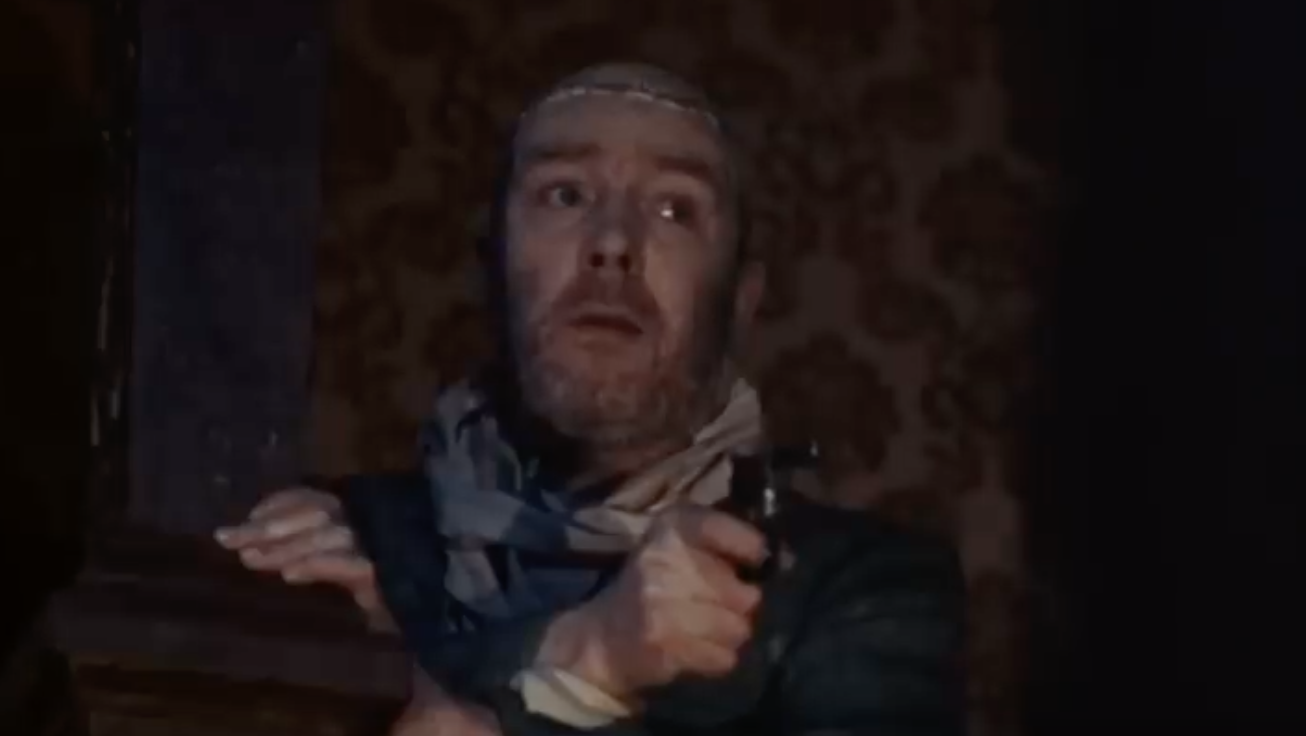 Freddie Jones as The Creature cuts a pathetic figure
Freddie Jones as The Creature cuts a pathetic figure
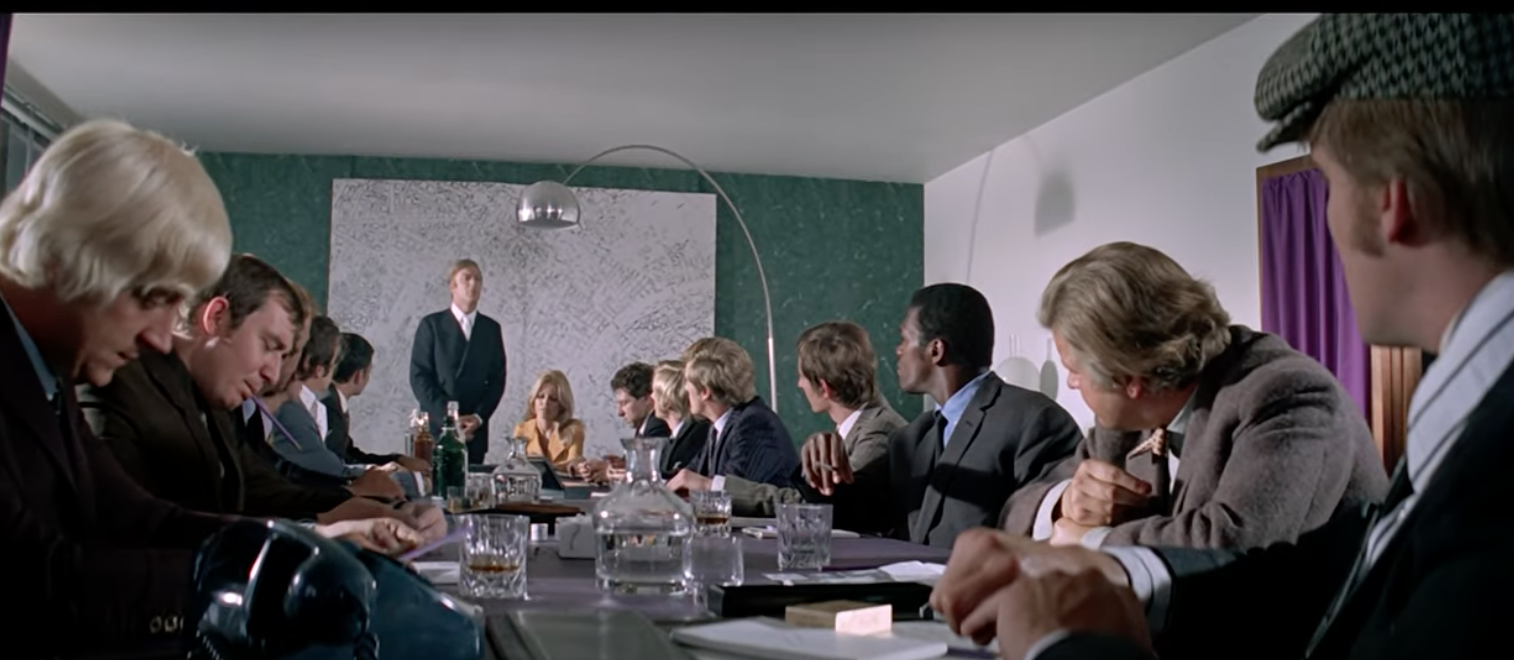 Criminals from all walks of British life, in a planning meeting
Criminals from all walks of British life, in a planning meeting The Minis! They're amazing! They go everywhere!
The Minis! They're amazing! They go everywhere!![[September 10, 1969] Once Upon a Time in the West: Best Film of the 1960s?](https://galacticjourney.org/wp-content/uploads/2024/09/west-title-672x372.jpg)
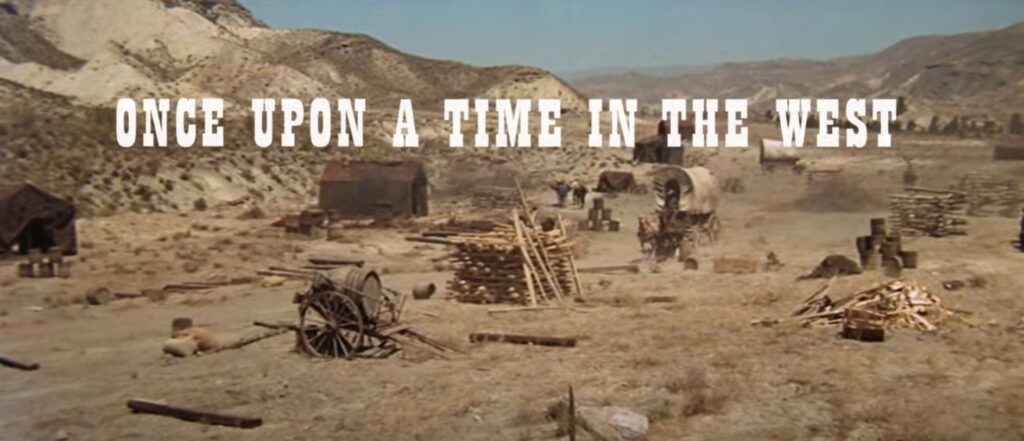
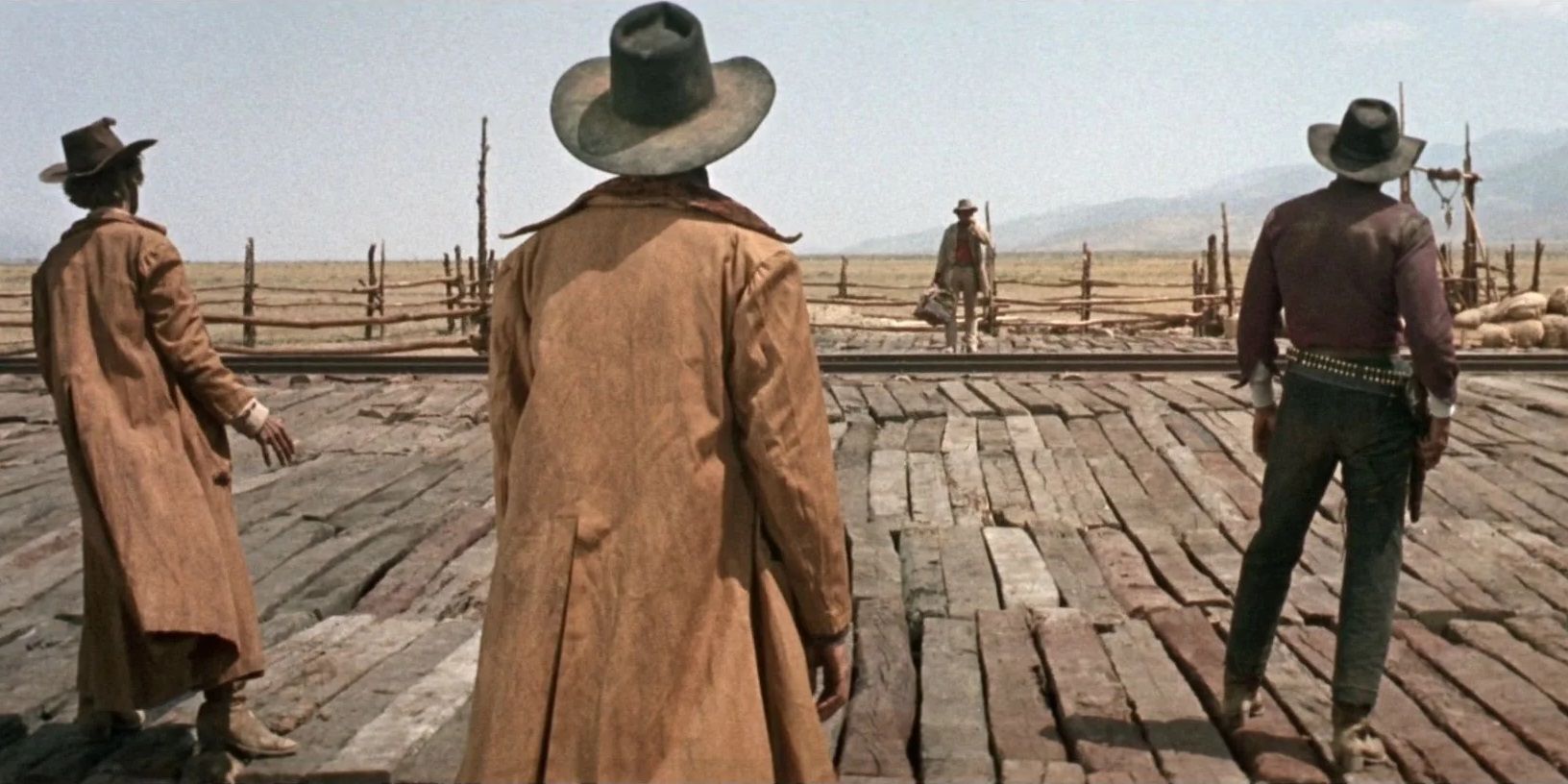


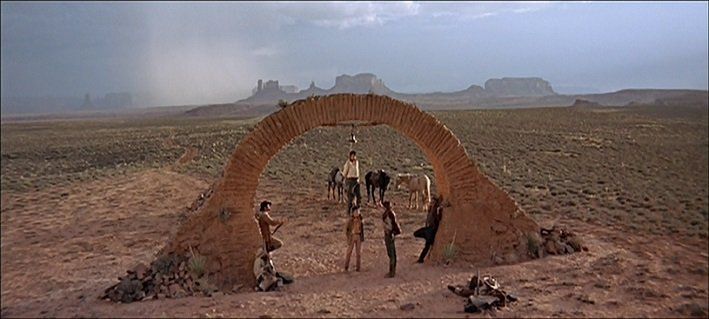

![[August 12, 1969] Cat’s Got Your Tongue: Sal-Inma (A Devilish Homicide) (1965) & Report From South Korea](https://galacticjourney.org/wp-content/uploads/2024/08/A_Devilish_Homicide-265x372.jpg)
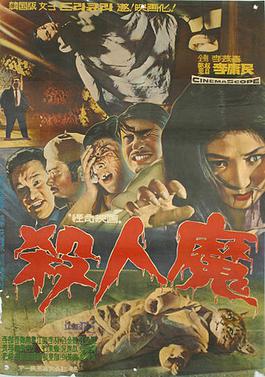
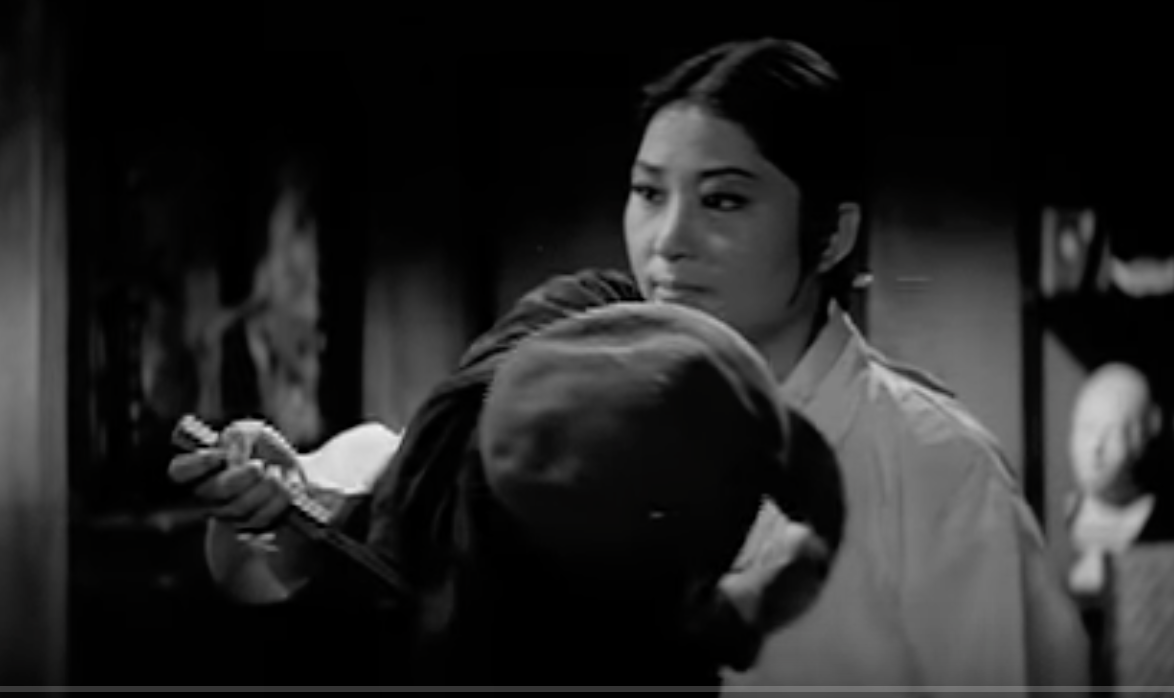 Ae-ja murders Joon-Chul
Ae-ja murders Joon-Chul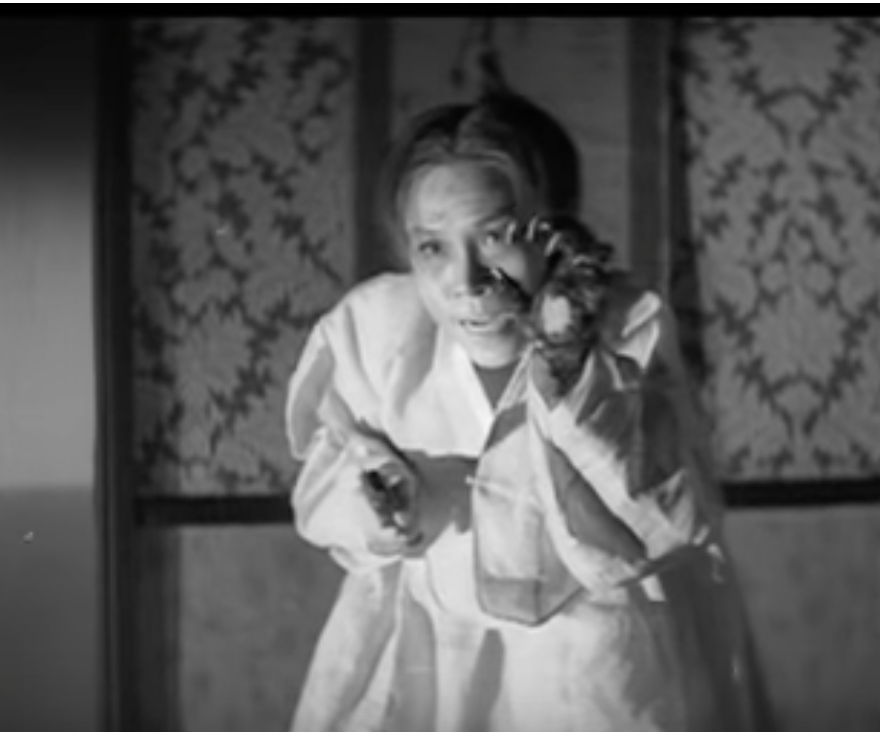 The cat spirit manifests through Shi-Mak's mother
The cat spirit manifests through Shi-Mak's mother Cat spirit revelation
Cat spirit revelation
![[July 14, 1969] Odyssey On Two Wheels (<i>Easy Rider</i>)](https://galacticjourney.org/wp-content/uploads/2024/07/TITLE-672x372.png)














![[June 28, 1969] I Don’t Have Your Wagon (Review of “The Maltese Bippy”)](https://galacticjourney.org/wp-content/uploads/2024/06/The_Maltese_Bippy.jpg)







![[June 18, 1969] Sleazy Riders (<i>The Sidehackers</i> and <i>Satan's Sadists</i>)](https://galacticjourney.org/wp-content/uploads/2024/06/Untitled-672x372.jpg)












![[May 24, 1969] Cinemascope: The [NOUN] of [PROPER NAME]’s [NOUN]: Blood of Dracula's Castle and Nightmare in Wax](https://galacticjourney.org/wp-content/uploads/2024/05/690524posters-672x372.jpg)


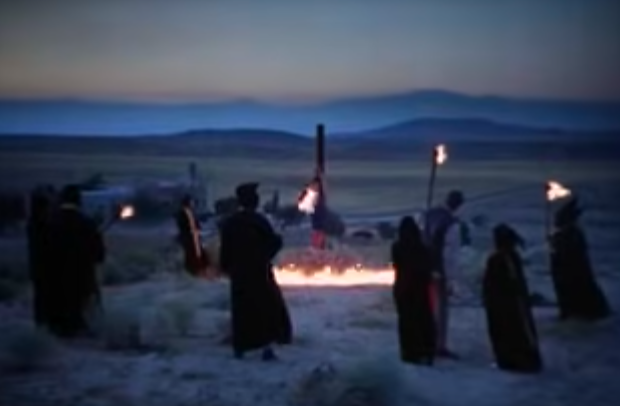
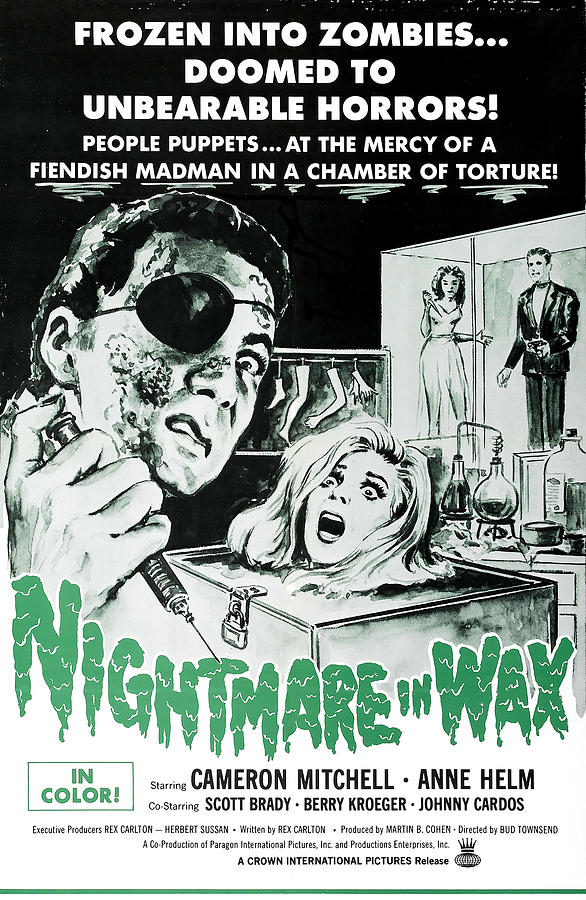
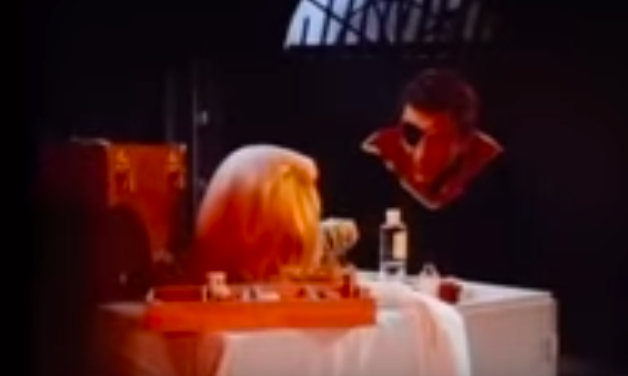

![[May 6, 1969] Touched by an Angel: <em>Teorema</em> (<em>Theorem</em>)](https://galacticjourney.org/wp-content/uploads/2024/05/MV5BODA1ZWZiZWYtYjVhMC00ZGQxLWI1Y2MtM2VmYjg2MzQyMDM3XkEyXkFqcGdeQXVyMjUzOTY1NTc@._V1_-672x372.jpg)
